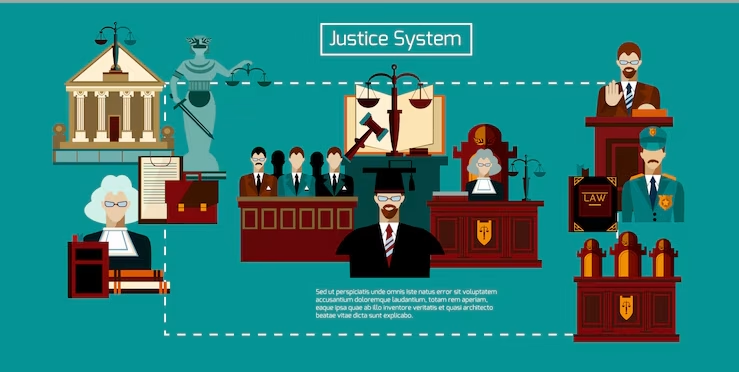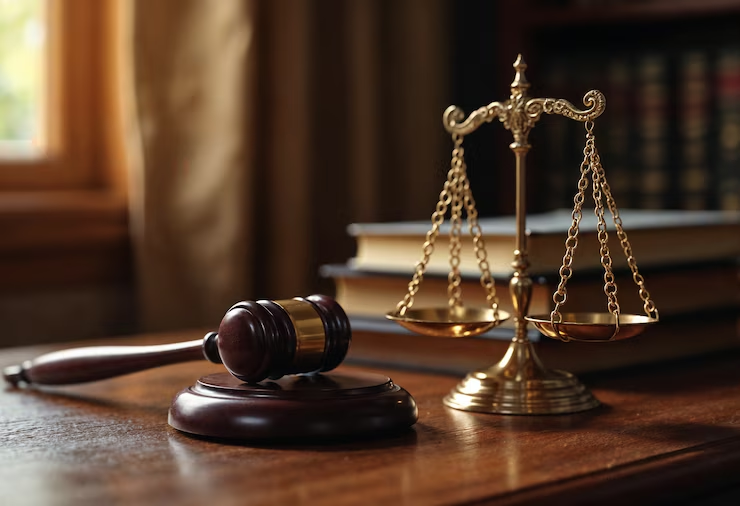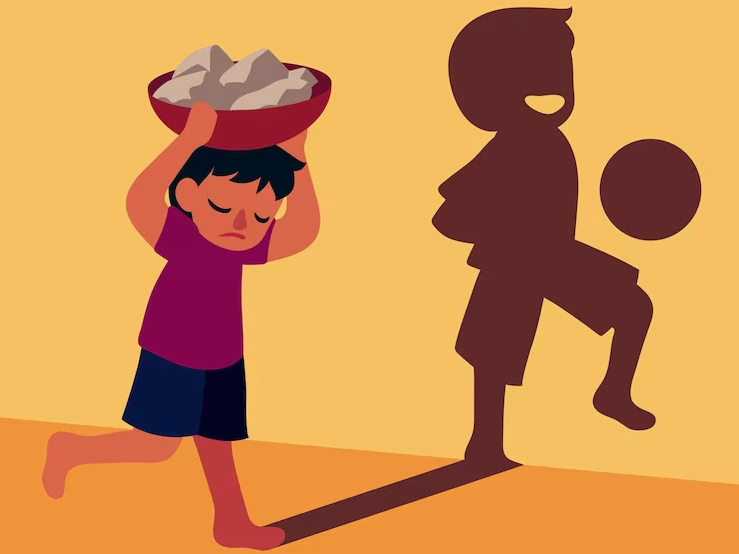Understanding Indian Law: Origins, Structure, and Evolution
Introduction
India’s legal system is a vast and intricate framework that governs one of the most diverse nations in the world. With a population exceeding 1.4 billion, comprising varied religions, languages, and cultures, the Indian legal structure is tasked with maintaining order, ensuring justice, and protecting individual freedoms. Rooted in ancient traditions and influenced heavily by British colonialism, the legal framework of India is now a constitutional democracy where the rule of law is supreme.
This article offers a detailed yet concise overview of Indian law—its origins, constitutional base, legal divisions, judiciary, key developments, and contemporary challenges.
1. Historical Roots of Indian Law
Ancient Period
Indian legal tradition dates back thousands of years. Ancient Hindu society was guided by religious scriptures such as the Manusmriti and other Dharmaśāstras, which laid out rules on morality, duties, and legal conduct. These laws governed civil life and emphasized principles like justice (dharma) and truth.
Medieval Islamic Influence
With the advent of Islamic rule in parts of India from the 12th century, Sharia law began influencing administration and legal judgments, particularly in criminal and civil disputes among Muslims. Yet, personal laws for Hindus and other communities continued under local customs, leading to a pluralistic legal culture.
Colonial Period
The British fundamentally altered Indian law. They introduced common law principles, professional legal education, and codified legislation. The Indian Penal Code (IPC), enacted in 1860, remains India’s main criminal statute. British courts, legal language (English), and the adversarial system were institutionalized, laying the foundation of the present legal system.
2. The Indian Constitution: Supreme Law
India became a sovereign republic with the adoption of the Constitution of India on January 26, 1950. It is the longest written constitution in the world, laying out the political and legal structure of the country.
Key Features:
- Fundamental Rights (Part III): Guarantee freedoms such as equality, speech, religion, and protection against arbitrary state actions.
- Directive Principles (Part IV): Guide the state in ensuring social justice, though not enforceable by courts.
- Separation of Powers: Distinct roles for the legislature, executive, and judiciary.
- Judicial Review: Courts can strike down laws violating constitutional provisions.
The Constitution is not static—it has been amended over 100 times to reflect changing societal needs.
3. Classification of Indian Law
Indian law is divided into multiple categories, each with its own statutes and principles:
A. Civil Law
Civil law addresses disputes between individuals and organizations. Key statutes include:
- Indian Contract Act, 1872: Governs contracts and obligations.
- Transfer of Property Act, 1882: Manages property transactions.
- Civil Procedure Code (CPC), 1908: Provides the process for civil litigation.
B. Criminal Law
Criminal law deals with offenses against the state or society.
- Indian Penal Code (IPC), 1860: Defines crimes like theft, murder, and assault.
- Criminal Procedure Code (CrPC), 1973: Outlines investigation, trial, and punishment.
- Indian Evidence Act, 1872: Sets the rules for admissibility and evaluation of evidence.
C. Personal Law
Personal laws vary by religion and govern matters like marriage, divorce, and inheritance.
- Hindu Law: Codified in acts such as the Hindu Marriage Act (1955).
- Muslim Law: Based on Islamic jurisprudence, partially codified.
- Christian and Parsi Laws: Governed by separate enactments.
4. The Indian Judiciary
India has a unified and independent judiciary structured in three levels:
Supreme Court of India
- Apex court with jurisdiction over constitutional, civil, and criminal matters.
- Has original jurisdiction (disputes between states/centre) and appellate jurisdiction.
- Enforces Fundamental Rights via writ petitions.
High Courts
- Present in each state or group of states.
- Handle appeals and constitutional cases within their jurisdictions.
Subordinate Courts
- Include District and Sessions Courts, Magistrates’ Courts, and Family Courts.
- Handle the majority of day-to-day legal cases.
The judiciary ensures the balance of power and plays a key role in interpreting the Constitution.
5. Alternate Dispute Resolution (ADR)
India has a high number of pending cases, leading to the promotion of ADR mechanisms to resolve disputes outside traditional courts.
- Arbitration and Conciliation Act, 1996: Encourages out-of-court settlements.
- Mediation: Promotes amicable resolutions in family and commercial disputes.
- Lok Adalats: Informal people’s courts that provide quick, low-cost justice.
ADR helps reduce the burden on courts and promotes accessible justice.
6. Public Interest Litigation and Judicial Activism
Public Interest Litigation (PIL) allows citizens to approach courts for broader societal concerns, even if they are not directly affected. It became a powerful tool in the 1980s and continues to shape Indian jurisprudence.
Landmark PILs include:
- Vishaka v. State of Rajasthan (1997): Guidelines against workplace sexual harassment.
- MC Mehta cases: Led to major environmental protections.
- Navtej Johar v. Union of India (2018): Decriminalized homosexuality.
The judiciary has often stepped in to fill legislative or executive gaps through judicial activism.
7. Challenges in the Indian Legal System
Despite its achievements, the Indian legal system faces significant hurdles:
- Judicial Delays: Over 50 million cases are pending in courts, some for decades.
- Access to Justice: Rural and economically disadvantaged populations struggle with legal awareness and affordability.
- Corruption and Accountability: Lower courts and police forces often face integrity issues.
- Overlapping Laws: Outdated and contradictory laws create confusion and inefficiency.
Legal reform and modernization are critical to addressing these issues.
8. Recent Legal Developments
India’s legal system is evolving to address 21st-century challenges:
- Digital India and E-Courts: Courts are increasingly adopting online platforms and video conferencing to speed up processes.
- Data Privacy: A new data protection law aims to regulate personal data and strengthen digital rights.
- Criminal Law Reform: New bills propose replacing colonial-era laws like the IPC and CrPC with updated versions.
Debates also continue on the Uniform Civil Code, which seeks to standardize personal laws across religions—a constitutional directive that remains politically sensitive.
Conclusion
India’s legal system reflects its deep historical roots, colonial past, and democratic present. From ancient scriptures to the Constitution, it has evolved into a complex but functional framework that aspires to ensure justice for all. With a vibrant judiciary, active civil society, and a growing demand for reform, Indian law is undergoing a gradual transformation.
However, meaningful change requires not just legislative effort, but also greater public awareness, judicial efficiency, and political will. As India continues to modernise, its legal system must remain grounded in constitutional values while embracing innovation and equity.
Also Read:
Rights of undertrial prisoners in India
How To Send A Legal Notice In India












